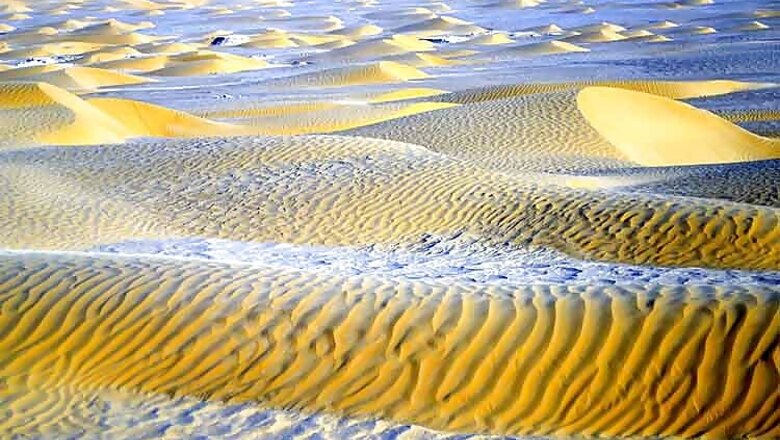
views
When we think of deserts, our first reaction is to think of places with no water, with not much life and lonely places with hardly any human soul for miles; it’s somewhat true, but what would you feel if you could see for yourself that deserts could be beautiful? Have a look at these beautiful deserts that will change your perception for good.
Antarctica: Antarctica, the fifth-largest continent, is the world's driest and wettest desert. Different types of algae, bacteria, fungi, plants, protista, and certain animals, such as mites, nematodes, penguins, seals and tardigrades are the organisms native to this place.

Taklamakan (Northwest China, Central Asia): Taklamakan is a desert covered with snowfall. The archaeological treasures are a major tourist attraction and have been noticed to have Tocharian, early Hellenistic, Indian, and Buddhist influences.
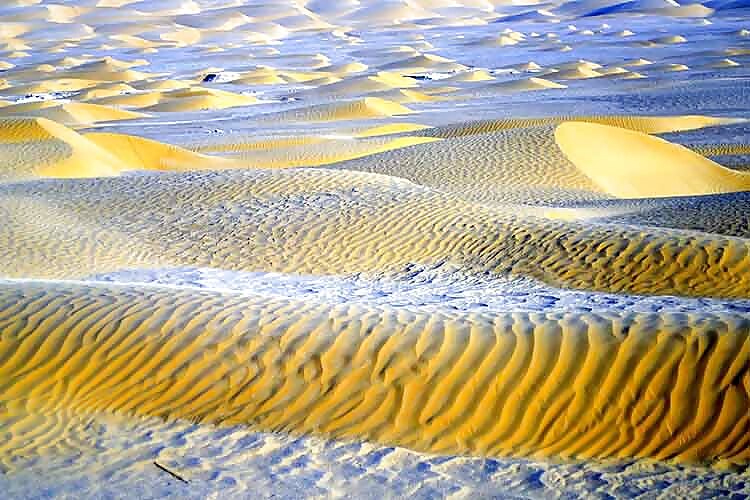
Lençóis Maranhenses (Brazil): Lençóis Maranhenses a ‘desert' with crystal-blue lagoons and white-sand dunes (some tower up to 130 feet high when conditions are right) is too rainy to be considered a technical desert, however, it forms tropical grounds that make it look like a total desert.
Salar de Uyuni (Bolivia): The world's largest salt desert harbors many pink fmalingos, though wildlife is rare in this unique ecosystem.
Farafra (Egypt): This white desert due to its geographical location and geological formation has many natural water wells, some of which have become popular tourist destinations.
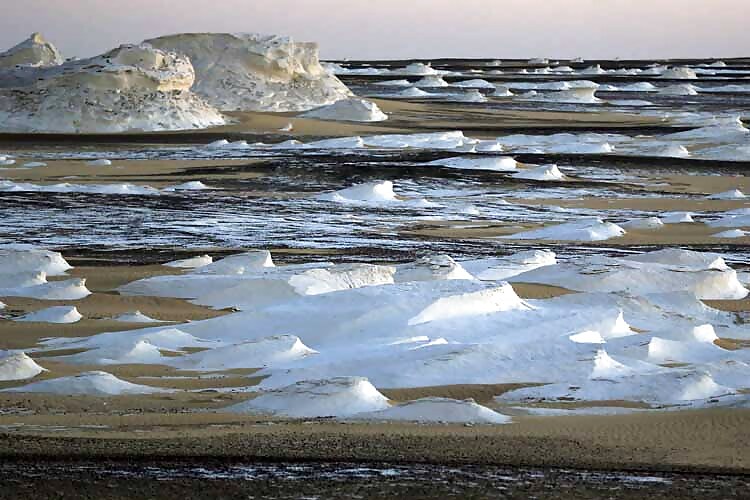
Simpson Desert (Australia): Simpson desert is a red sand desert which contains the world's longest parallel sand dunes. Its ruins and mound springs at Dalhousie Springs, Purnie Bore wetlands, Approdinna Attora Knoll and Poeppel Corner (where Queensland, South Australia and Northern Territory meet) are what attract travelers, in winters the most.
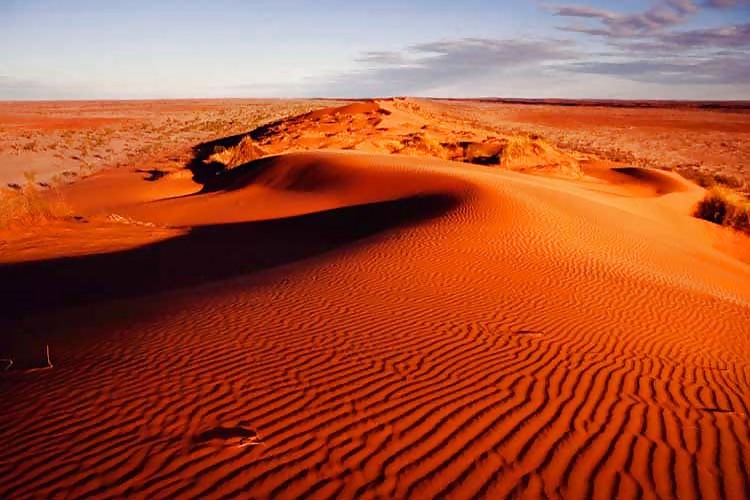
Sahara Desert: (North Africa): The world's largest desert, especially the modern Sahara, is not as lush green as it used to be in terms of vegetation, except in the Nile Valley, at a few oases, and in the northern highlands, where Mediterranean plants such as the olive tree are found to grow, but still has a lot to offer to its visitors.
Namib Desert (Namibia): The only desert with elephants particularly African Bush Elephants and other animals like Mountain Zebras, and large mammals is largely barren of vegetation. Lichens and succulents have been found in coastal areas, while grasses, shrubs, and ephemeral plants thrive near the escarpment.

The Black Desert (Egypt): The desert has a layer of black powder and rocks from black volcanic hills that comprise of a dark volcanic material called dolerite, which the black rocks are made of.
Atacama (Chile): This flourished desert has small patches of plants (with the help of tap roots that run deep) have adapted to this place and have become a life support to animals and insects. The salt lakes here witness many flamingos that feed on red algae.














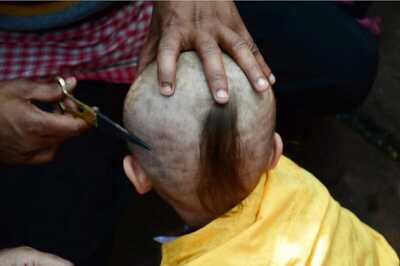

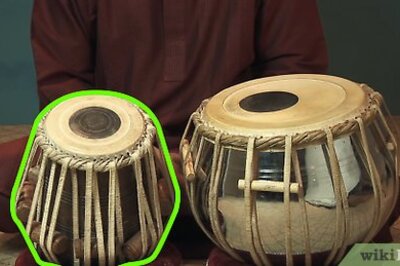
Comments
0 comment